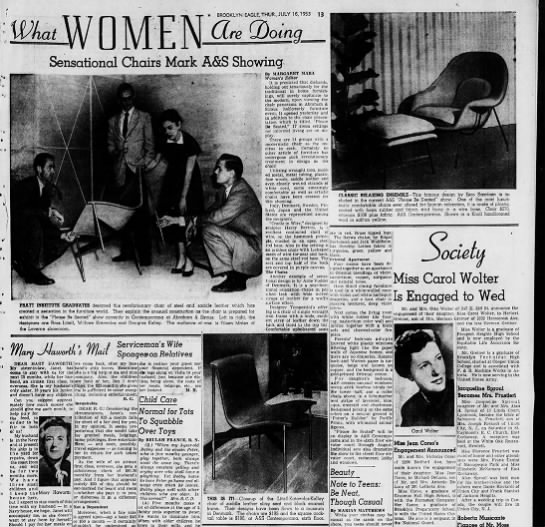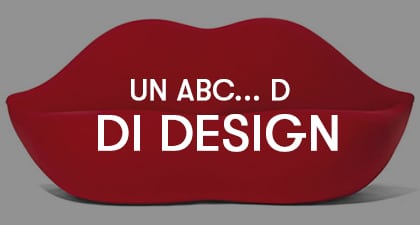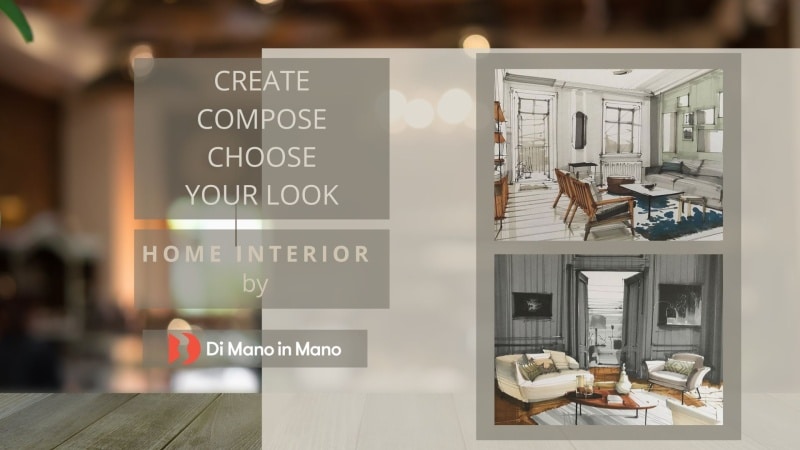
In 1953, the New York Times published an important and emblematic review of the “Good Design” exhibition organized by the MOMA.
Provocatively, it argued that even a broom handle could be considered a work of art as long as it was useful and beautiful.
This statement effectively captures the spirit and philosophy of the “Good Design” artistic movement, which emerged in the 1930s in the United States. Following in the footsteps of the well-known and established European movements such as Arts and Crafts, Deutscher Werkbund, and Bauhaus, the artists, architects, and designers in this group sought to define and outline the field of design. (here’s an excellent deep dive)
Equal dignity and importance were given to all furnishing components, including appliances and utensils.

Anonymous”
grab via www.lombardiabeniculturali.it
The essential attributes for creating a good design product are innovation, simplicity, utility, practicality, and aesthetics. An object cannot—or rather, should not—be beautiful and useless, just as it should not be practical but ugly.
The MOMA unreservedly supported this group of designers devoted to minimalism and efficiency, organizing a series of exhibitions between 1950 and 1955, thus shaping and guiding American consumer tastes in the post-war era.
In this culturally vibrant and favorable atmosphere emerged designer Ross Littell, who would stand out throughout his career for his practical, innovative, and minimalist style.

A graduate in industrial design from Pratt Institute, Littell quickly distinguished himself for ingenuity and originality. His T-chair (from the collection “The New Furniture”), designed with William Katavolos and Douglas Kelley for the Laverne Company in 1952, earned a place in the Museum of Modern Art’s permanent design collection in New York.

grab via Pinterest
After his success in the United States, Littell moved to Europe, where he collaborated with Knoll and especially with DePadova in Italy. In the 1960s, he created the PLR 1 Lounge Chair for ICF DePadova.
A synthesis of essentiality and luxury, angularity and flexibility, this piece can undoubtedly be considered one of the finest examples of “Good Design.”
The frame is made of chrome-plated steel, while the seat and backrest are composed of interwoven leather strips (a cotton version is also available). It comes in various colors, with classic options including black and cognac. From the outset, this lounge chair achieved great success, demonstrating Littell’s ability to combine simplicity with sophistication. Thanks to its understated elegance, this chair remains highly appreciated, a symbol of taste that adds a touch of class and a retro note to any decor.
The “Good Design” philosophy, centered on the delicate balance between practicality and beauty, remains relevant even decades later. Its timeless appeal is evidenced by the enduring fascination of its products.














